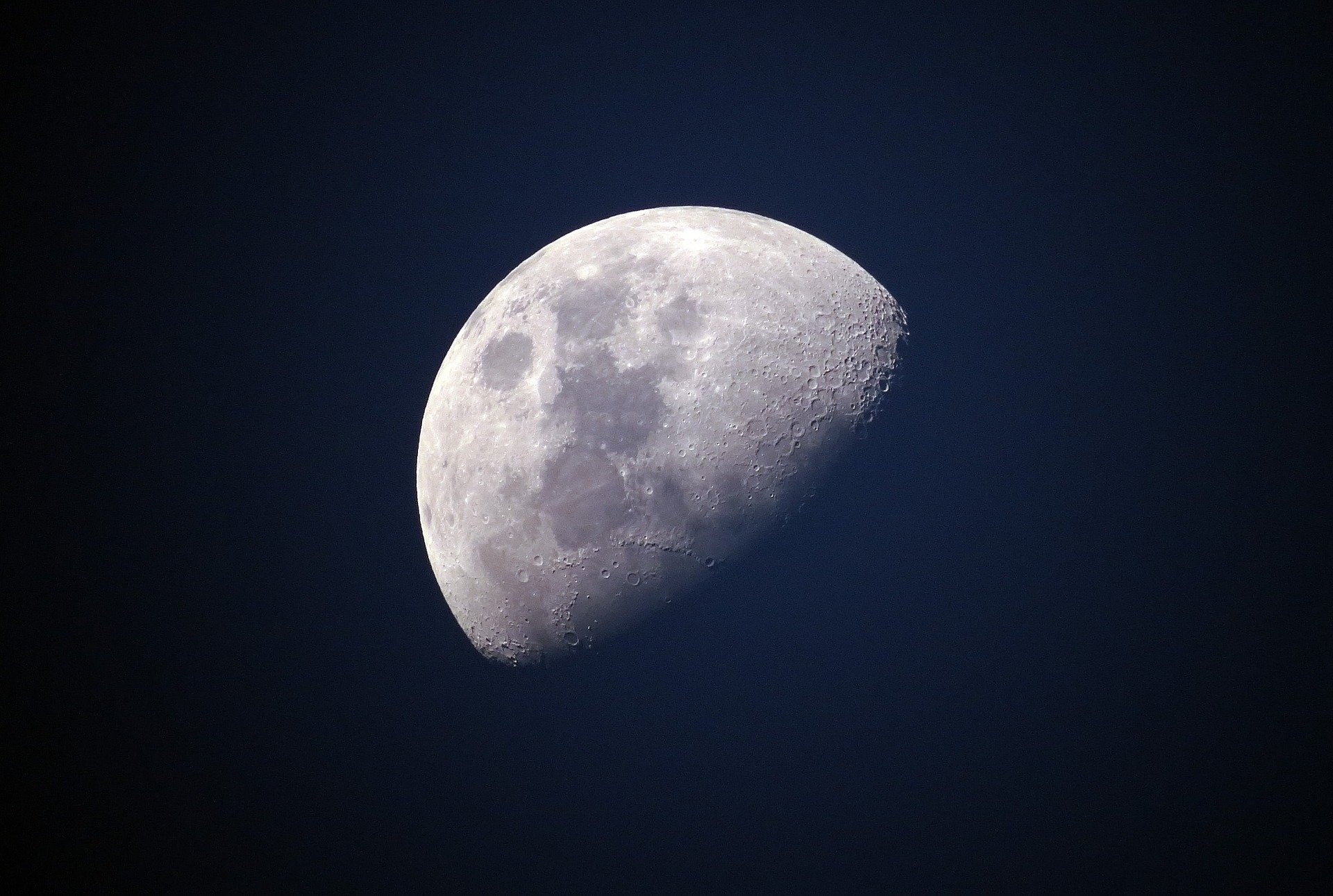
The Future of Space Technology Belongs to These Little Guys
It’s not often that middle and high school students can get the opportunity to launch their creations into orbit, but two missions were selected: IRVINE02 and Weiss Sat-1. Both were cubesats designed by middle and high school students that were launched into space in 2018 to begin gathering data immediately. This is a beautiful way to see the collaboration between citizen scientists and professionals in order to continue research of space.
Cubesats are one of the smallest satellites ever built. Measuring at least 10cm in length, width, and depth, they’re incredibly tiny in comparison to the work that they do. Cubesats were created to be small yet sturdy and carry out just as much work as their larger counterparts, but with lesser power used.
Cubesats have been extremely helpful in the Artemis mission. Because of their small size, many of them can be launched at once and they can cover a greater area together. One of the missions, named Lunar Flashlight, measured ice deposits on the south pole of the Moon: the area where future astronauts will land. Knowing where the most ice and therefore water is can help pinpoint where future missions need to land and where a permanent lunar settlement will be best equipped to survive.
Through the CAPSTONE project, these small but mighty satellites will ensure the success of the Gateway. These cubesats are launched into the same orbit as the lunar Gateway in order to ensure that the highly elliptical orbit is stable. The cubesat will orbit in a near rectilinear halo orbit which will put it nearly 1000 miles from the surface at its closest point. CAPSTONE will test the dynamics of the flight path (since no spacecraft has actually entered that orbit yet) and will test out the communications with the Lunar Reconnaissance Orbiter.
The primary objective of this mission to ensure that the Gateway is positioned in an optimal location to carry out the first steps in the Artemis program. That a lot of pressure for these little guys!
Resources:
NASA






Tagged #cassini, #clouds, #hexagonalstorm, #magneticfield, #saturn